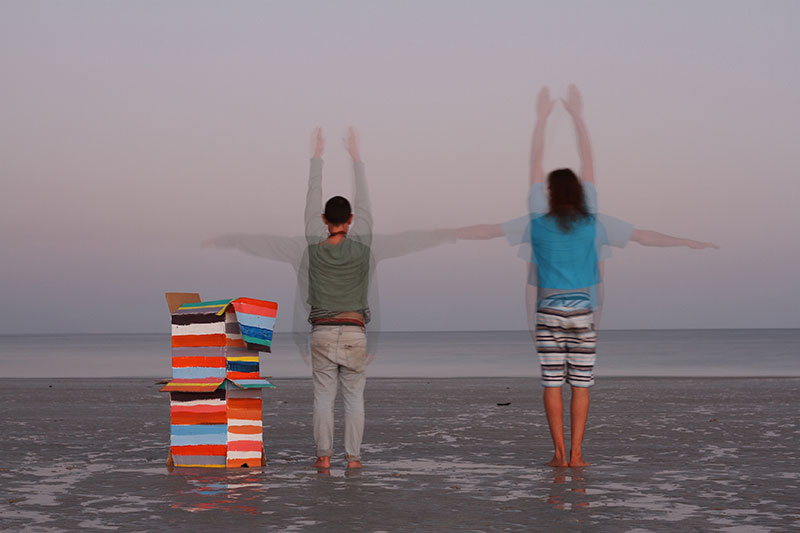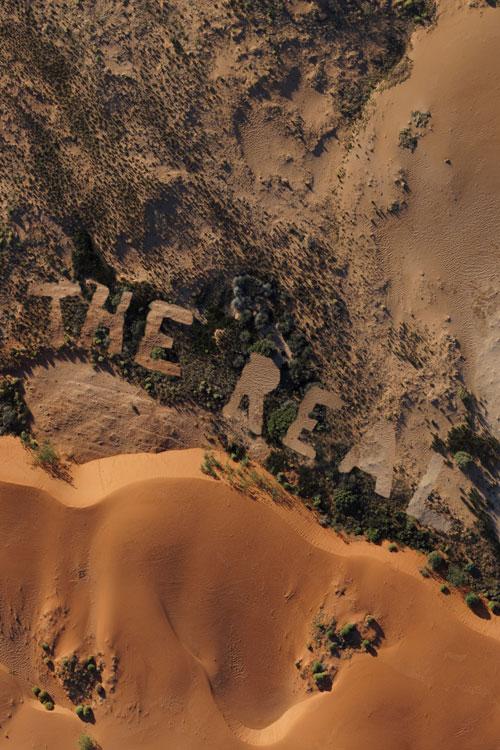
I’m increasingly mindful of the degree to which geography, distance and weather have moulded my sensory palate, my imagination and expectations. The island continent has not been mere background. Landscape has entered a kind of force upon me that is every bit as geological as family.
Tim Winton, Island Home: A Landscape Memoir
Che Chorley’s photo of artist Henry Jock Walker bolting down the road in his mobile studio for Open Road Painting (acrylic on HiAce) was hard to pass by as the cover photo for this issue. This is the art life as the good life, the artist as journeyman, adventurer and surfer driving from coast to coast. Larrikin, with the hand wave, like a character in a Tim Winton novel, Henry’s painting workshops and collaborations with local artists and communities regularly culminate in group activities as mass paint actions. And, when fortunate enough to be invited into local surf grounds, a good part of the action takes place atop a wave.
As demonstrated by the work of many of the artists and projects profiled in this issue, the connection to the land and environment has become increasingly important. Viewed more broadly, it is a relationship that we as Australians are increasingly compelled to peg as primary in status, a significant commitment that might be described as symbiotic if not filial (Tim Winton again). We have managed this one badly, and there is much work to do.

As Ann Finegan proposes in her essay “Solastalgia and its cure”, art has a restorative role to play in this defining relationship. Solastalgia (a term coined by Glenn Albrecht) has come to signify the distress caused by environmental damage. In the two hundred years since European settlement in Australia, mass clearings of the landscape (along with the ruthless eviction of its more knowledgeable original inhabitants), inappropriate farming practices, intensive mining and extraction of primary resources and reliance on fossil-fuel, has led us to the predicament of wastelands, warming, extreme weather, species decline, among other tragedies of global geopolitics.
Amid the wave of intense writing, thinking and activism coming from our cities and regions, artists across Australia are responding to the challenge, and in the process redefining ideas of practice as land art, expanded forms of landscape art, “eco” and environmental arts. Of course, none of these terms truly nail the more relational, connective, intensively philosophical and practical thinking that drives the rich ferment of practices and ideas across these pages.












